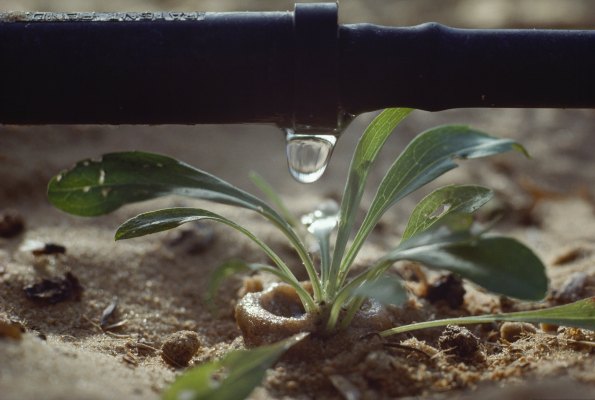Democratic governments are, by their nature, slow-moving creatures — and that’s the way it should be. Social stability generally requires that change be evolutionary, not revolutionary, lest the changes imposed set off turmoil that could eventually cause much more harm than the hoped-for good.
While that principle works fine for most aspects of society, it’s woefully inadequate when it comes to implementing technology for the public good, especially in the developing world, where governments have few resources to provide the services citizens sorely need. Technology that could be employed to solve the problems of millions who are on their own because of this lack of resources often goes unused, because governments cannot overcome the “slow” paradigm they have become used to. As a result, good ideas often take years to implement.
One way to prompt governments into changing their thinking, we have found, is to develop a strong private success paradigm — where the private group tackles a major social issue, helping to solve a problem that has been plaguing society. The success of that “win” tends to inspire a desire to solve other problems — and prompts government to take on that responsibility itself, instead of relying just on the private partner, in order to remain relevant.
A real-life example of this process at work is the increased use of drip-irrigation technology in India, the result of inroads made by one of the world’s biggest producers of drip-irrigation equipment, NaanDanJain. The company has been operating for years in India, providing farmers with more efficient ways to water their crops while saving not only resources, but money on water purchases, fertilizer, etc.
The more government sees private organizations succeeding, the more likely it will be to get involved.
That India has a water problem has been highlighted in numerous studies, including its own latest Economic Survey, which says that Indian agriculture — which must feed nearly a billion people — is “still heavily rainfall dependent.” Water management issues abound, with farmers generally using flood methods to water their crops, a method of farming that is increasingly untenable as water sources in the country’s hinterland dry up due to drought (even as some parts of the country have been inundated by floods in recent years).
According to the government, water shortages were affecting more than 300 million people in India, as recently as April. Drip irrigation could help India’s farmers be more productive while saving water. With drip irrigation, farmers water their crops using the precise amount of water needed, instead of just releasing large amounts of water onto a field as they would with flood irrigation.
To advance the use of drip irrigation, NaanDanJain — a joint Indian-Israeli company — in 2012 opened its own financing service for farmers. Farmers can borrow up to 100 percent of the cost of a drip irrigation system and pay it back from the profits of the crops as they sell them. With the systems, farmers are able to save up to 70 percent of the water they would normally use in flood irrigation, meaning they spend less on water, are guaranteed a better crop (because they aren’t dependent on abundant rainfall, without which flood irrigation becomes very expensive) and thus take home more money.
After seeing the success farmers had using drip irrigation, the government of the Indian state of Maharashtra (where drought has been a major problem) is going all-out for drip irrigation. “In Maharashtra, we currently use drip-irrigation on two million of the 20 million hectares of land used for agriculture, and we plan to expand that to 5 million over the next several years,” said chief minister of the state of Maharashtra Davendra Fadnavis in a recent interview.
Part of that program will be providing loans to farmers to help them install drip-irrigation systems, and lobbying a drip-irrigation manufacturer to open a facility in India, which would reduce the costs of the systems and make them even more affordable to farmers in his own state, and eventually the entire country. “When that happens we are optimistic that many more farmers will adopt drip irrigation,” said Fadnavis. “Meanwhile, we are planning to mandate the transfer of whole industries to drip irrigation. Currently, we are working to install drip irrigation in all our sugar cane fields.”
The “takeover” of implementation and financing of drip-irrigation systems by Maharashtra is exactly the kind of process we hope to see throughout the developing world. A small light in the darkness can go a long way to guiding people down the right path — and the more government sees private organizations succeeding, the more likely it will be to get involved (if only to take credit for the success itself!), and the more likely it is to gain the confidence it needs to begin taking responsibility for other problems that need solving. It’s our hope that this process will accelerate and grow throughout the developing world.
